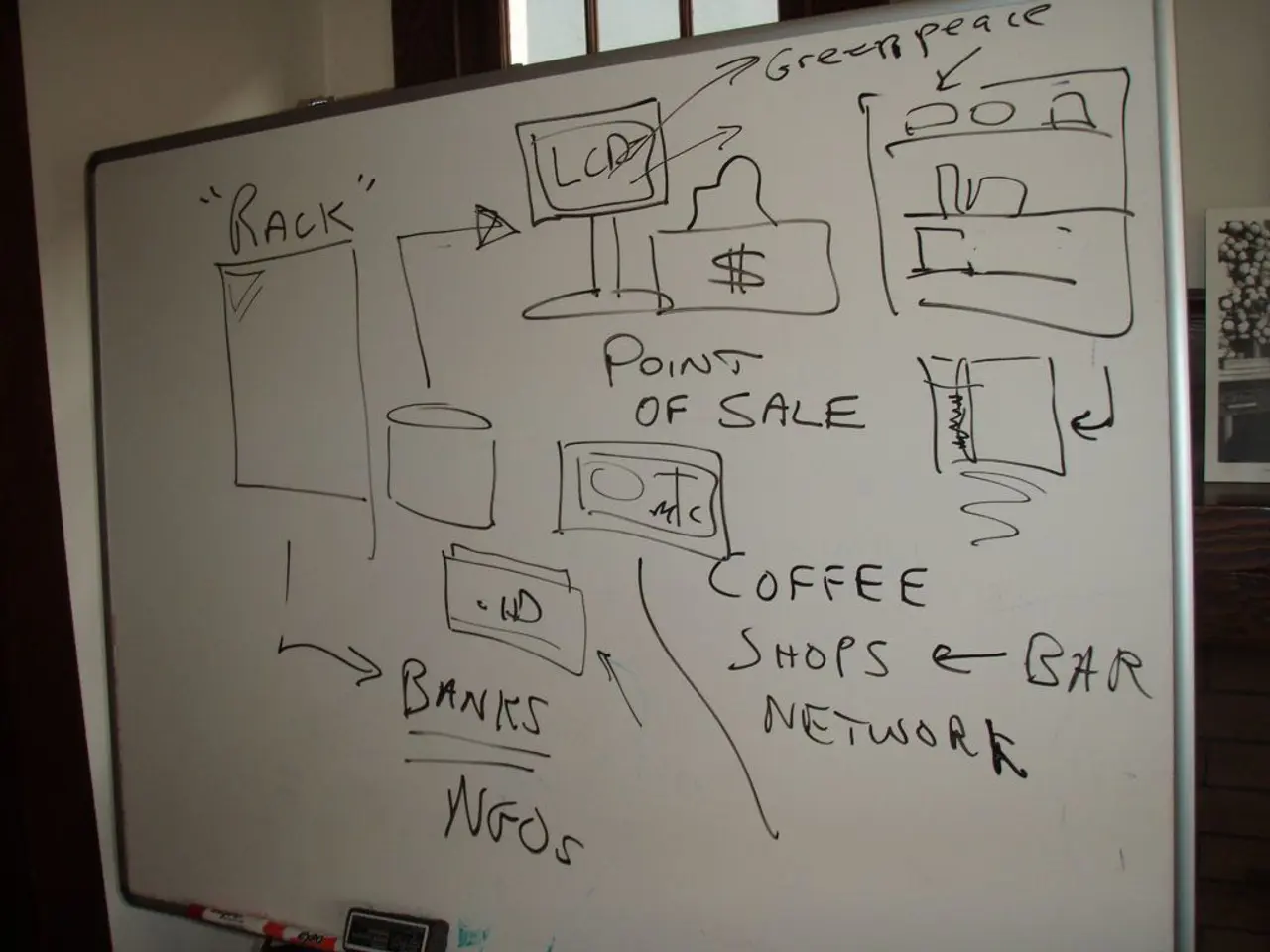Exploring Quantum Mechanics in Primary and Secondary Education
Todd Campbell, a science education professor at the University of Connecticut's Neag School of Education, is spearheading an initiative to bring the fascinating world of quantum mechanics to K-12 classrooms. One of the key examples he uses is the cutting-edge technology of Quantum LED (QLED) TVs.
QLED TVs, developed at UConn, represent the forefront of contemporary science. This unit, available to other educators, serves as a practical application of foundational core ideas. By focusing on QLED TVs, students can gain a better understanding of quantum mechanics, a field that often seems abstract and distant.
Connecting quantum mechanics to everyday items, such as a TV, helps students conceptualize these complex ideas more easily. For instance, QLED TVs use quantum dots, which employ quantum mechanical principles to emit precise colors. By explaining the basics of quantum mechanics in everyday devices, students can see the tangible impact of these concepts in their daily lives.
The curriculum developed by Campbell and his colleagues encourages students to think critically about QLED TVs and their implications. For example, they discuss the potential hazards of quantum dots, such as the use of cadmium, mercury, and lead in their production.
Moreover, the curriculum goes beyond QLED TVs, highlighting other applications of quantum mechanics in various fields. This includes lasers, MRI machines, and quantum computing, providing students with a broader understanding of the impact of quantum science.
To make the lessons engaging and interactive, the curriculum incorporates various strategies. These include the use of visual and interactive models, multimedia, and simulations to help students visualize quantum phenomena. Simple analogies and hands-on activities are used to introduce foundational quantum concepts without heavy math.
The developed curriculum aligns with the Next Generation Science Standards, which have been adopted by a majority of states. Last summer, Campbell and colleagues from UConn's departments of Chemistry and Digital Media and Design hosted a professional development event for high school chemistry teachers to help them create new K-12 curriculum for chemistry concepts, specifically focusing on quantum mechanics.
By introducing quantum mechanics and its applications to K-12 students in a relatable and engaging way, this initiative aims to spark curiosity and build a foundation for deeper study in the future. As quantum technologies continue to grow and impact society, it is essential that students are equipped with the knowledge to understand and potentially contribute to these fields.
- Todd Campbell, a science education professor, is leading an initiative to teach K-12 students about quantum mechanics, using the technology of Quantum LED (QLED) TVs as a practical example.
- QLED TVs, developed at UConn, offer a practical application of foundational core ideas in quantum mechanics, making it easier for students to understand complex concepts.
- By explaining the basics of quantum mechanics in everyday devices like QLED TVs, students can see the tangible impact of these concepts in their daily lives.
- The curriculum developed by Campbell and his colleagues encourages critical thinking about QLED TVs and their implications, discussing potential hazards such as the use of cadmium, mercury, and lead in their production.
- Beyond QLED TVs, the curriculum highlights other applications of quantum mechanics in various fields, such as lasers, MRI machines, and quantum computing.
- To make the lessons engaging and interactive, the curriculum incorporates visual and interactive models, multimedia, and simulations, using simple analogies and hands-on activities to introduce foundational quantum concepts.
- The initiative aims to spark curiosity in quantum mechanics and build a foundation for deeper study, aligning with the Next Generation Science Standards and equipping students with the knowledge to potentially contribute to this growing field in the future.




